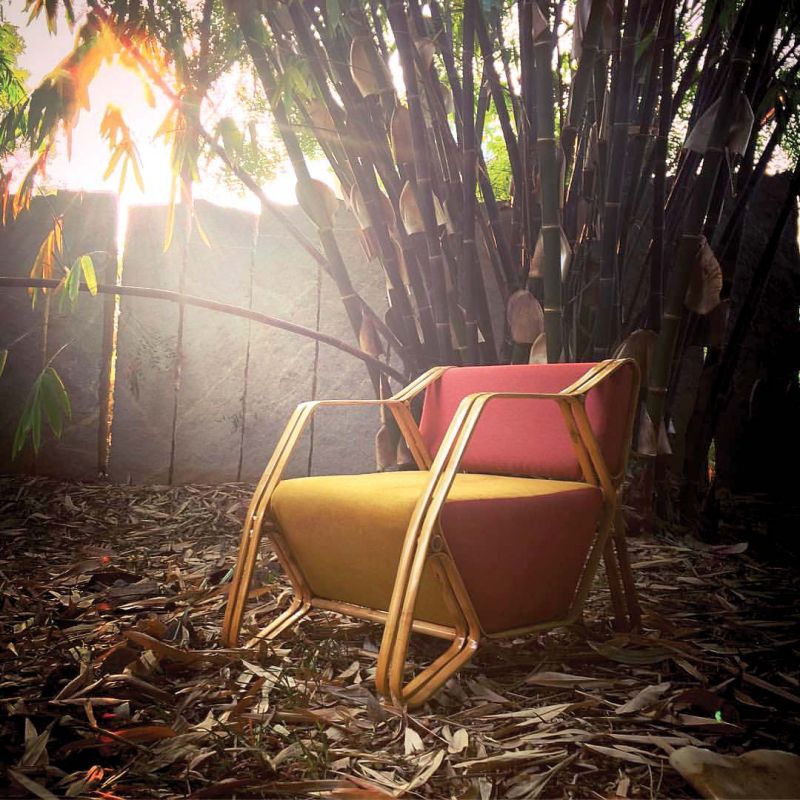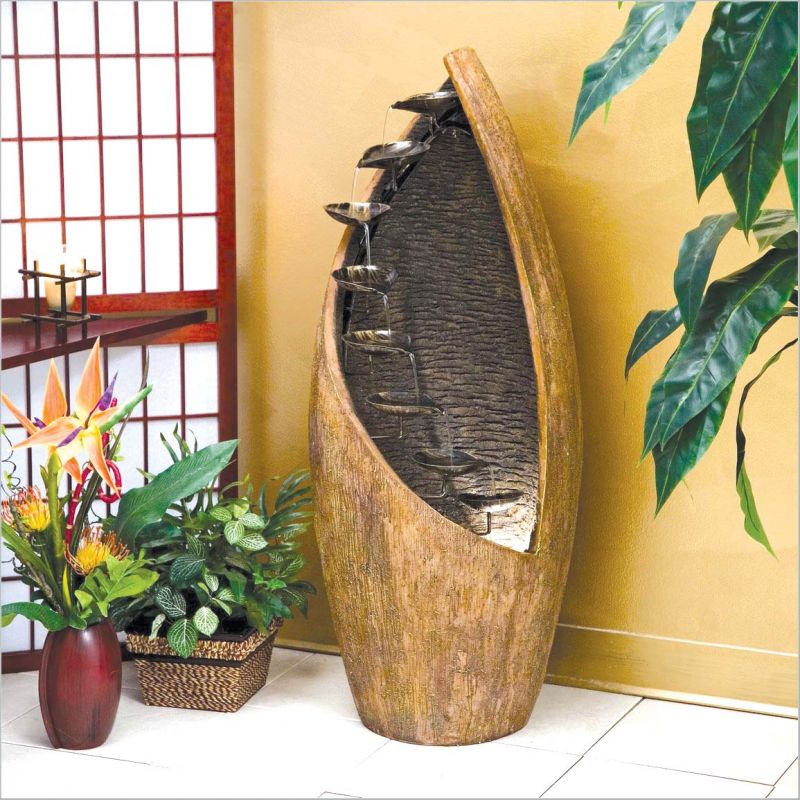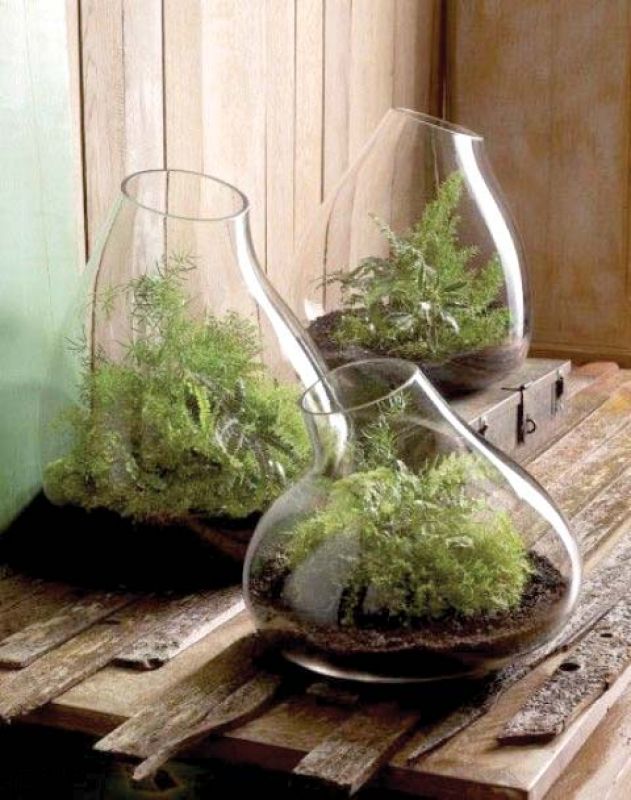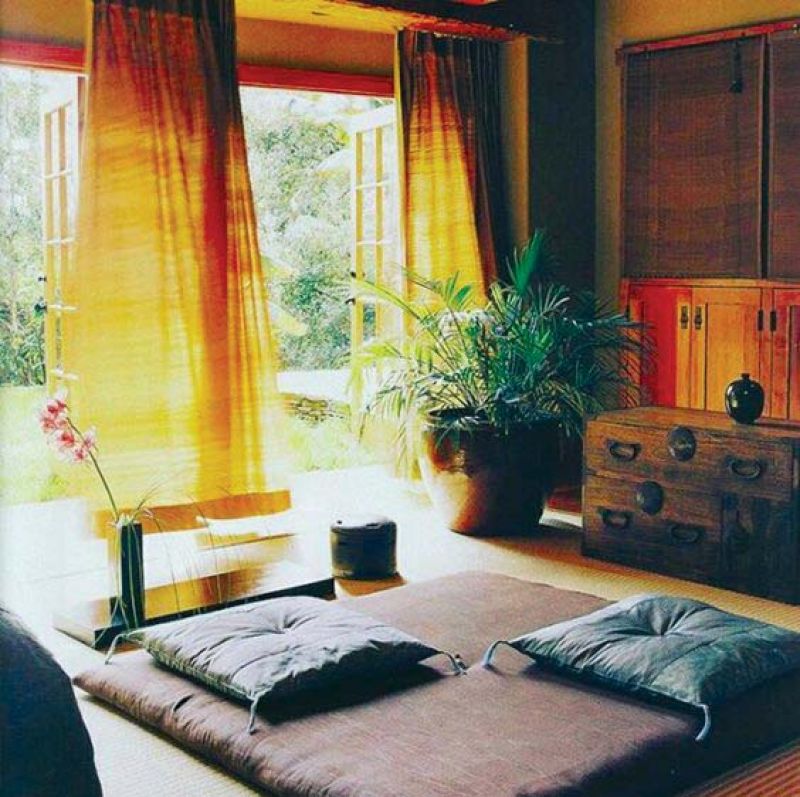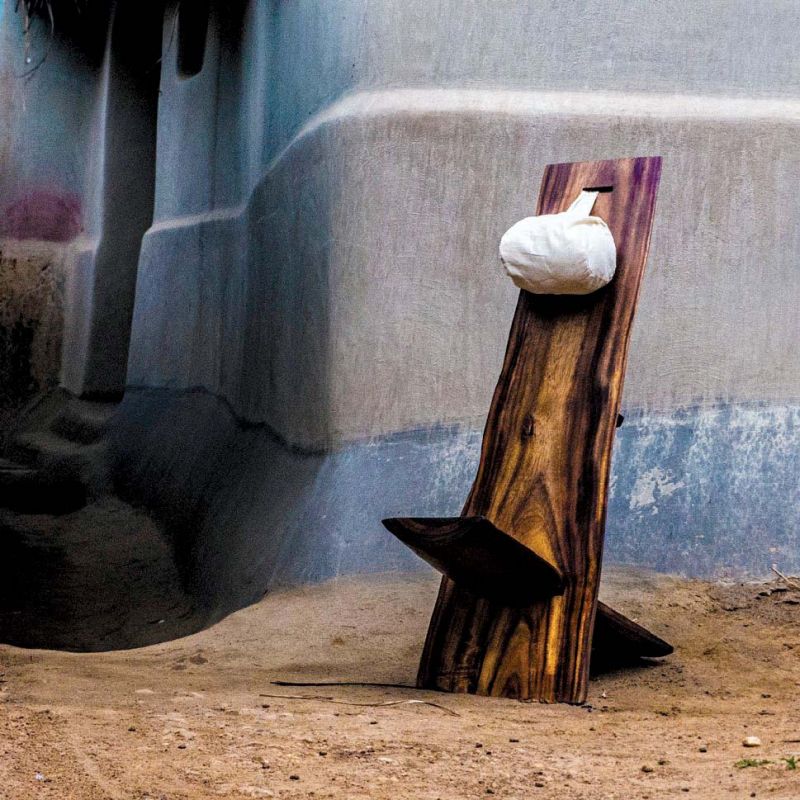Biophilic by nature
The wabi-sabi concept of homes in step with nature comes alive with this designer's soul searching for green.
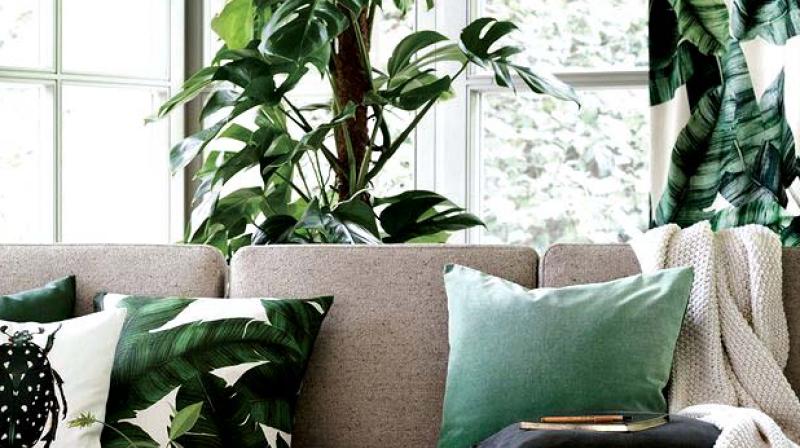
Imagine paradise? Chances are high that you’ve pictured a beach, a mountain top or a verdant jungle. Demonstrating an intuitive attraction to nature, and an ingrained need for a connection with the natural world, this contact was part of life until the industrial revolution and subsequent shift to urban living ensued.
We face this disconnect in our urban landscape and in the design of our homes and workplaces, which in turn affects our well-being and happiness. This is where a practice called biophilic design makes its presence felt.
Basically, this “love of green” integrates nature and natural elements, materials and forms into architecture and interiors. And the city has many examples that exude this naturalistic living.
“Green is the primary colour of the world, and that from which it’s loveliness arises.” — Pedro Calderon de la Barca
The best way to go green is obviously more plants at home. Indoor ones like areca palms, money plants, peace lilies, snake plants and aloe vera are easy to grow for even the brownest thumbs, needing only a little light and maintenance.
In addition to adding the green quotient, these plants also act as natural air filters, replacing toxic gases with oxygen. If you have balconies, hanging plants and creepers, form a curtain which sunlight can dapple through, while blocking the view of your neighbours.
On a micro-scale, terrariums and succulents add emerald whimsy to even the smallest space, be it a corner of your desktop or on the coffee table. More elaborate, but producing a stunning visual impact, an ever-changing artwork, are plant walls and moss walls.
Swetambra Singh, Mycloudforest, a landscaping venture, is an avid proponent of wall gardens. Singh says, “Vertical gardening comes to the rescue of those who are interested in gardening but have apartment lifestyles, where having a full-fledged garden is restricted by little or no space. The refreshing green space it creates, uplifts the overall ambience and quality of your home environment.”
“The morning breeze has secrets to tell you” — Rumi
Let the light flood in. Reconnect with the sun. Create a space where you can relax with a cuppa, close your eyes and let the wind work its magic as it flutters through sheer drapes or bamboo blinds.
A little wind chime can act as white noise, cutting through the blaring horns and endless chatter. Use essential oils in diffusers to add character to the air around you. Lavender oil is known for its calming properties, so let it waft or sprinkle it on bed linens for a relaxing sleep.
Alternatively, DIY by boiling citrus peels, vanilla pods, cloves and cinnamon in water, a magical combination, all’s right in your world! VOC free paints also ensure that the air you breathe is free of slowly emitted toxins.
“Water is the driving force of all nature” — Leonardo da Vinci
The sound and feel of water is also a known stress-reliever. It engages the senses like no other, which is why an aquarium, large enough for happy fish, or a gently burbling fountain in a corner can transport you into a meditative state.
It’s probably beneficial to revert to our old Indian way of storing drinking water in clay pots too! The flavour is unbeatable, and it’s reported to have health benefits as well. Respect water and its life-giving presence on Earth by harvesting rainwater and grey water, sensible use and of course, not cutting trees down!
“I love not man the less, but nature more” — Lord Byron
Biophilic design, therefore, isn’t just another design style to improve the look of your interior. It embodies the Japanese concept of wabi-sabi — the art of finding beauty in imperfection and profundity in earthiness, of revering authenticity above all.
Wabi-sabi is a state of mind; a way of being at peace with yourself and your surroundings, and creating an oasis at home is the best way to do that!
— The writer is passionate about art and design, and wants to leave behind a beautiful planet for children. She runs her own interiors firm, Eclatliving.
“I like the natural elements that abstract into light, texture, shape and shadow.” — Herb Ritts
A house becomes a home only with our presence, and if we require a bond with the natural world, then we fill it with things that incorporate those materials, objects, textures and patterns.
Soft and light neutrals and browns can pair with any colour we see in nature: sky blues, a gamut of greens, lavender, ochres, rusts and other earthy tones, all bring that world to life.
Fashion designer Nimirta Lalwani extols, “An organic lifestyle doesn’t require major changes. It’s really about living simply and naturally. I’ve seen immediate benefits of better health, and a sense of being one with nature.”
Sustainable or recycled woods and stones are perfect for lending this mood. Bamboo is the ultimate eco material, of which there are many stylish furniture options now available.
Sandeep Sangaru, a furniture designer elaborates, “Bamboo is the most versatile natural material that I have come across. It, being a traditional material, can be molded into various styles — simple every day objects to construction. With good design and fine craft intervention, it brings value to all contemporary needs through sustainable means in its natural form.” The rough, rustic surface of unfinished wood is also just the right counterpoint for smoother, more modern walls and buildings.
Use local natural stone and construction materials for your floors and walls to reduce your carbon footprint. River rock pebbles, broken stone floors and beautifully glazed and fired terracotta tiles add further texture and character.
Another option to bring the outside in is through nature prints.
Cushions and fabrics, window dressings, murals, art and wallpapers are just a few ways to display nature-themed images. Keep these as the focal point and avoid cluttering up the space with other clashing colours or themes. Botanical illustrations, photographs and artefacts are another way to incorporate organic style.


